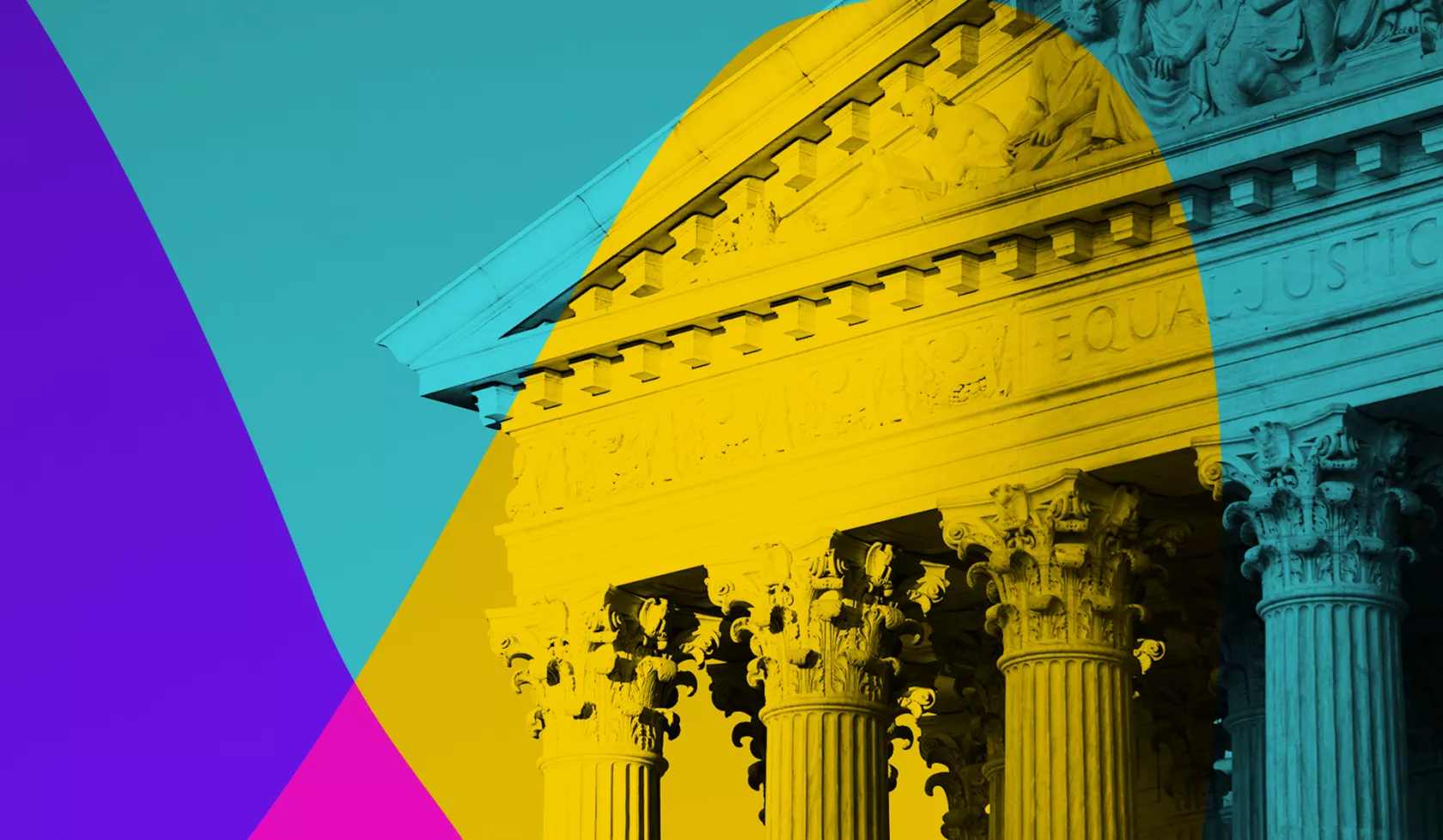
Understanding the Federal Courts
We actively engage with and challenge the court system to fight race-based discrimination. Learn about the formation and operations of the U.S. judicial system.
What is a federal court?
There are two types of court systems in this country–the federal court system and the state court system (the state court system includes municipal and local courts). The U.S. Constitution, Article III, establishes the federal court system with the U.S. Supreme Court and permits Congress to create lower federal courts, namely circuit and district courts. Federal courts decide disputes involving the U.S. Constitution, federal laws, disputes between states, and disputes involving more than $75,000 between residents of different states.
At both the federal and state levels there are two kinds of courts: the trial court and the appellate court. The trial court's basic work is to resolve disputes by determining the facts and applying legal principles to decide who is right. The appellate court's work is to decide whether the law was applied correctly in the trial court, and in some cases, whether the law is Constitutional.
Within the federal system, there are three primary types of federal courts: 94 District Courts (trial courts), 13 Courts of Appeals (intermediate appellate courts), and the United States Supreme Court (the court of final review).
The District Courts, which are spread out throughout the 50 United States, the District of Columbia, Guam, Puerto Rico, the U.S. Virgin Islands, and the Northern Mariana Islands, are the federal trial courts. It is in the district courts that federal cases are tried, witnesses testify, and juries serve. Cases decided in District court can be appealed to the Court of Appeals that serves your state.
The work of the federal courts often affects many people besides those involved in a specific lawsuit.
There are 12 regional circuits and a U.S. Court of Appeals for the Federal Circuit. The Court of Appeals determine if the laws were applied properly in the trial court. The U.S. Supreme Court, the highest court in the United States, is located in Washington, DC. There are currently nine Supreme Court Justices.
The Supreme Court usually hears cases that have already gone through the federal Court of Appeals system, and sometimes state Supreme Courts. Unlike the Courts of Appeals, the Supreme Court is not required to hear every case that is submitted to it. In fact, the Supreme Court hears only a very small percentage of the cases it is asked to review. If a Supreme Court does not hear a case, the decision of the Court of Appeals is retained. In 2001, although the circuit courts decided over 57,000 cases, the Supreme Court actually heard and decided less than 90.
The work of the federal courts often affects many people besides those involved in a specific lawsuit. For example, the Supreme Court's decision in the 1954 Brown vs. Board of Education affected many more people than the plaintiff, Linda Brown. As a result of the decision, African American children throughout the country were allowed to attend previously all-white public schools.
Federal courts FAQs

Support the movement
Donate today to help power the legal fight against structural racism and inequality.
Donate nowJoin the fight
You are critical to the hard, complex work of ending racial inequality.
Become a member